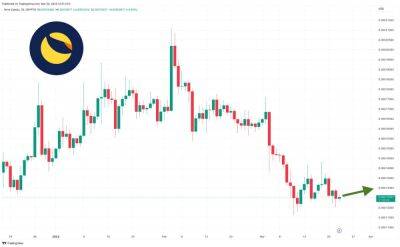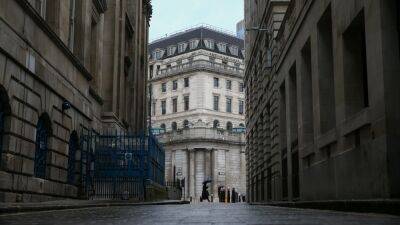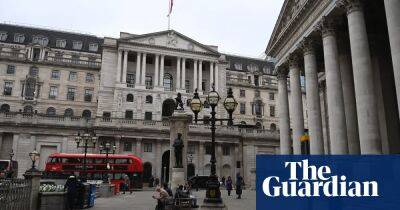Silicon Valley Bank’s collapse will not be a one-off – a banking crisis was long overdue
I t has been a year since the Federal Reserve started to raise interest rates and banks are starting to fall over in the US. Anybody who thinks Silicon Valley Bank was a one-off is deluding themselves. Financial crises have occurred on average once a decade over the past half century so the one unfolding now is if anything overdue.
The reckoning has been delayed because since 2008 banks have been operating in a world of ultra-low interest rates and periodic injections of electronic cash from central banks. Originally seen as a temporary expedient in the highly stressed conditions after the collapse of Lehman Brothers, cheap and plentiful money became a constant prop for the markets.
Over the years, there was debate about what would happen were central banks to raise interest rates and to suck the money they had created out of the financial system. Now we know.
The action deemed necessary to rein in inflation has deflated housing bubbles, sent share prices plunging and left banks nursing big losses on their holdings of government bonds.
The Bank of England was quicker out of the blocks than the Fed. Threadneedle Street began raising rates in December 2021 and has now raised them 10 times in a row. The European Central Bank waited until July last year before making the decision to increase borrowing costs for the first time in a decade, and went ahead with an increase last week despite news that the banking malaise had spread across the Atlantic to Credit Suisse.
Ignore the fact that the US, UK and eurozone economies have all held up better than was expected in the immediate aftermath of the energy price shock caused by Russia’s invasion of Ukraine. It takes time for changes in monetary policy – the decisions central banks
Read more on theguardian.com









